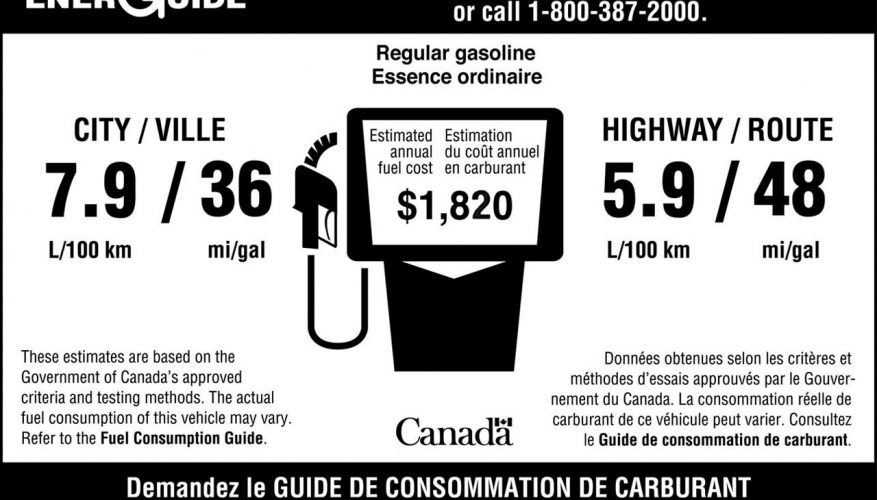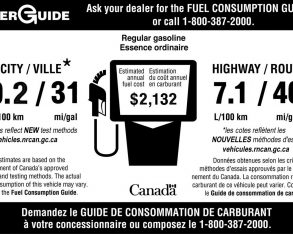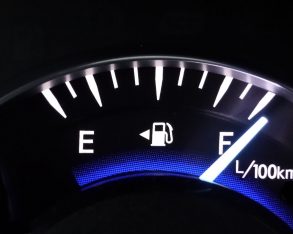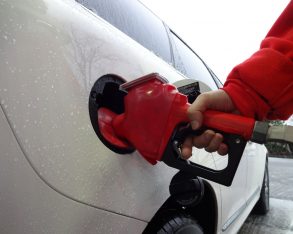 |
| New less optimistic rating system won’t mean your vehicle uses more gas. (Photo: Simon Hill, Canadian Auto Press) |
The new test methods will generate higher official fuel consumption numbers on vehicles’ EnerGuide labels, so NRC is emphasizing the importance in knowing what the numbers on the label really mean, “The change will take place in 2014,” NRC noted in its announcement.
“During this transition year, many dealerships will have 2014 model year vehicles alongside 2015 model year vehicles,” said the NRC release. “For 2015 vehicles, the EnerGuide label will look the same but will provide fuel consumption ratings based on the new test methods.
 |
| A 2014 model may have a much thriftier rating than… (Photo: NRC) |
The old test method is based on a simple two-cycle simulated drive in laboratory-controlled conditions. The city test begins with a cold engine and lasts just over 31 minutes. It covers 17.8 kilometres, with 23 stops, an average speed of 34 km/h, and no acceleration quicker than 5.2 km/h per second. The highway test begins with a warm engine and lasts just under 13 minutes, covering 16.5 kilometres with no stops,
 |
| … the identical car produced for the 2015 model year. (Photo: NRC) |
The new test is based on a more comprehensive five-cycle simulated drive. The first two cycles are the same as the existing city and highway cycles. In addition, three new cycles have been added to better represent how Canadians use their vehicles. These include: a cold-weather cycle, which is the same as the existing city cycle, but with the ambient outside temperature lowered to -7 degrees Celsius; an air-conditioning cycle, which is a shortened (approximately 10-minute) version of the city cycle, with the ambient temperature raised to 35 degrees Celsius and the vehicle’s air-conditioning running to cool the cabin; and a high-speed / quick acceleration cycle, which lasts about 10 minutes, covering 12.9 kilometres with four stops, with a top speed of 129 km/h
 |
| The new rating system will help consumers get a much more realistic estimation of how much fuel their future car will use. (Photo: Simon Hill, Canadian Auto Press) |
Because the new tests are closer to the EPA tests used in the U.S. since 2008, a vehicle’s Canadian ratings will now be more in line with the ratings the same vehicle gets in the U.S. But for Canadian consumers buying cars over the next couple of years, it’s important to understand that manufacturers aren’t producing less fuel-efficient vehicles – it’s just that the new test methods used to determine the fuel consumption ratings are more reflective of real-world driving conditions and styles.
©(Copyright Canadian Auto Press)






